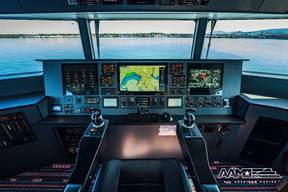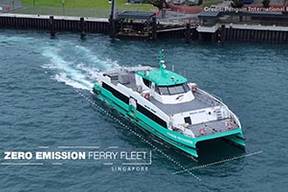DNV's Maritime Forecast to 2050: No Industry Can Decarbonize in Isolation

Maritime classification society DNV on Tuesday unveiled its latest Maritime Forecast to 2050 report with a new focus on how to overcome the “ultimate hurdle” of fuel availability.The 84-page forecast is the sixth edition of its kind, and this year it considers the comprehensive production, distribution and bunkering infrastructures required to enable the maritime industry’s shift to carbon-neutral fuels.The report also presents an updated outlook on regulations, drivers, future technologies, and costs for decarbonizing shipping.
DNV Report Says Maritime Energy Transition is Gaining Speed

More than 1000 ships are expected to be ordered per year through 2030, and with growing pressure on the shipping industry to decarbonize, the shipowners must be careful with fuel selection and ship design, as a misstep here can have damaging consequences in the future.This is according to the latest Maritime Forecast to 2050 launched Tuesday by DNV.DNV stressed that shipping decarbonization was no longer just a top priority for the International Maritime Organization (IMO), but for the regional and national legislators…
Training & Education: CBT and the Inland Tow and Barge Industry
With fleets spread over 25,000 miles of waterways, the inland tow and barge industry faces training and communication challenges intensified in comparison to other sectors of the maritime industry. Even though they may be close to home, inland waterways crew are constantly on the move and lunch bucket crews need to preserve valuable time spent onboard and commuting. The abundance of locks, bridges and other traffic along the waterways keeps crew busy performing critical navigation duties, making it essential that time spent on training is efficient and maximizes value. Large operators face the challenge of constantly improving the value of training dollars spent and driving industry best practices.









